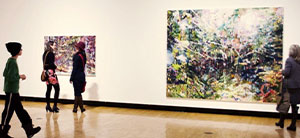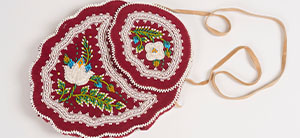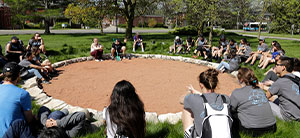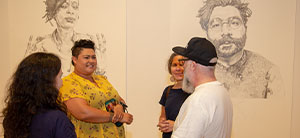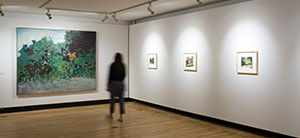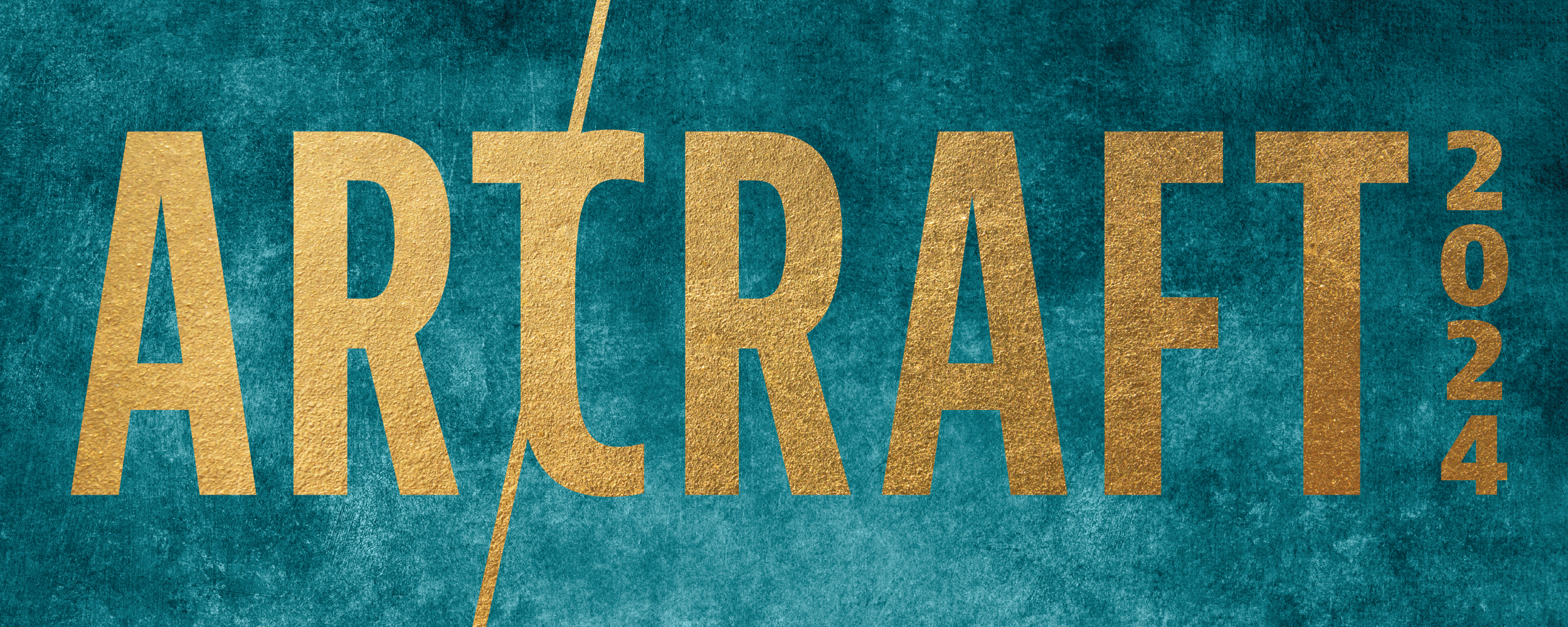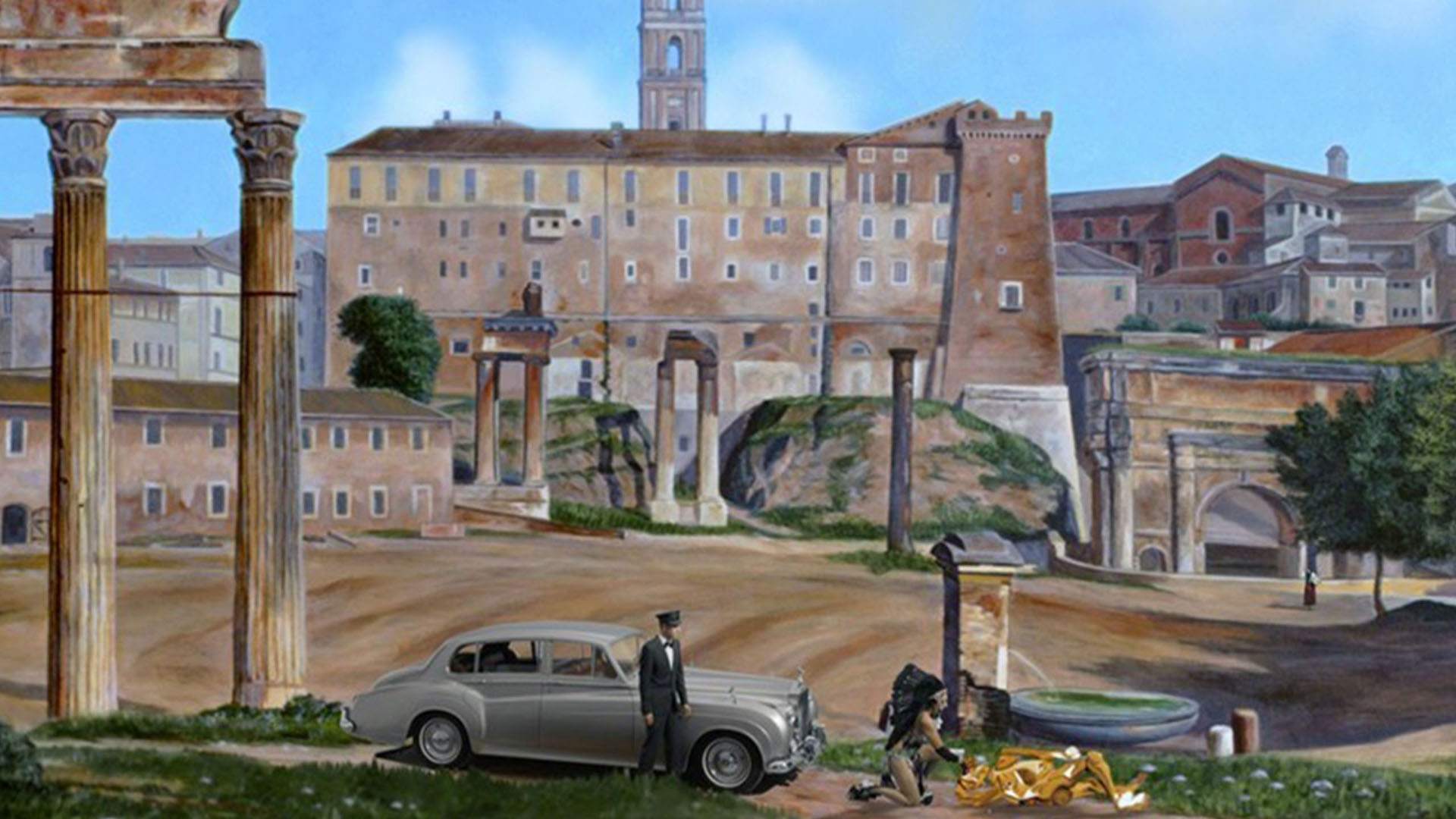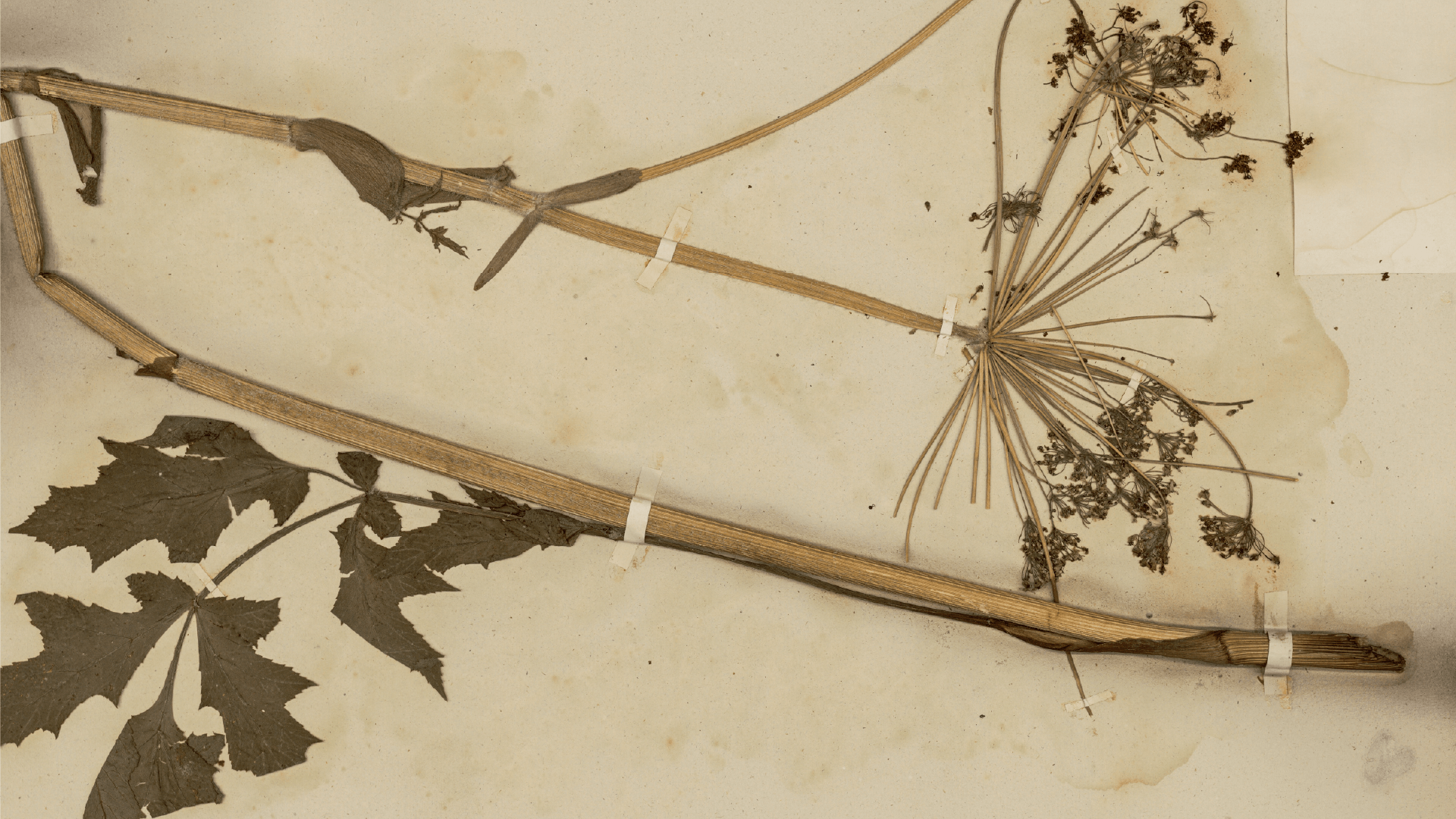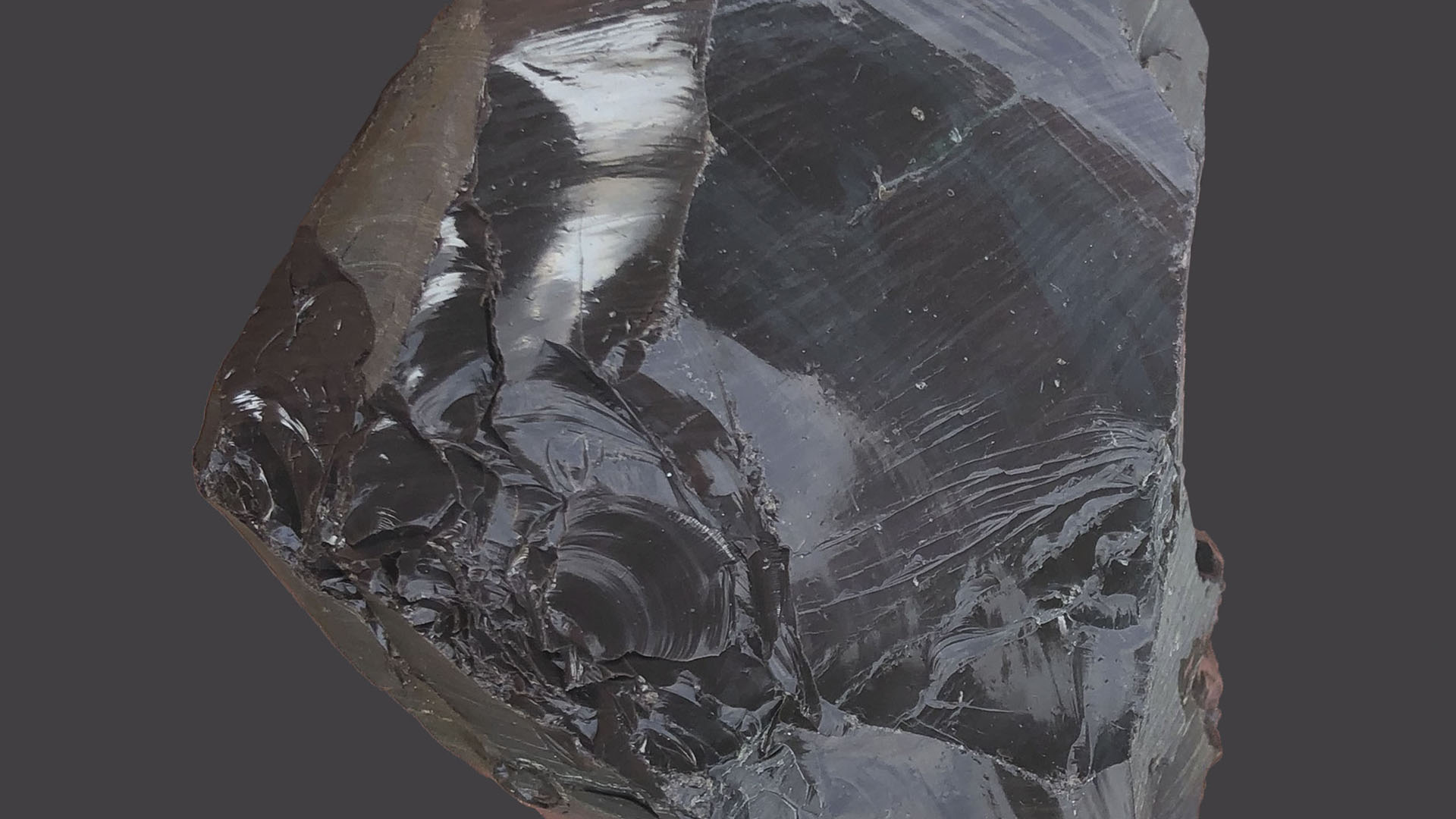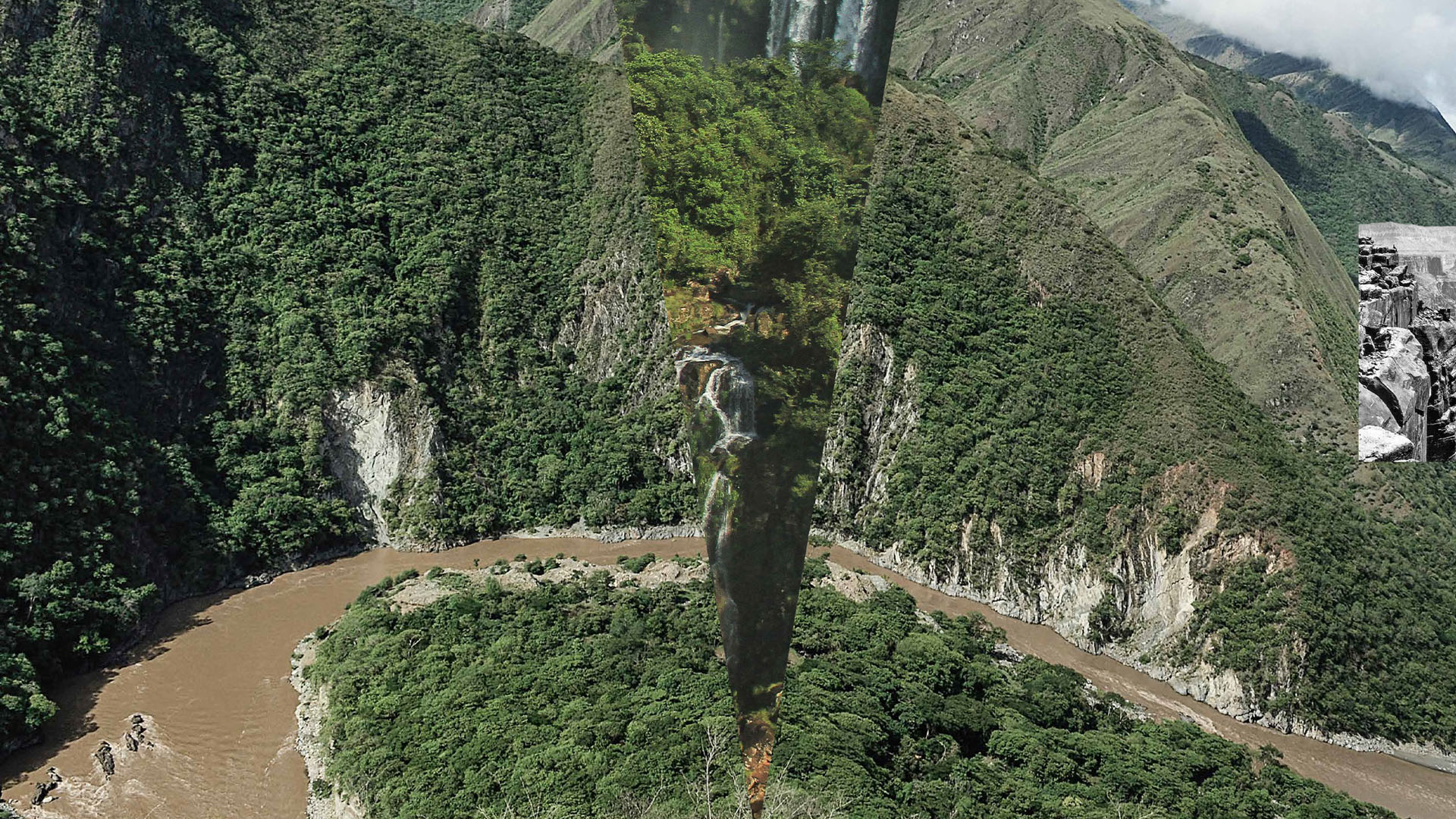
Carolina Caycedo: A Landscape Is Never Natural
Sally Frater
Carolina Caycedo’s multimedia practice explores the interconnectedness of nature and social systems. Through media such as video, sculpture, performance, and installation the artist has created a continually expanding oeuvre that details how the classification of the environment as “other” has allowed for myriad harmful alterations to be made to the natural landscape. The pieces that comprise A Landscape Is Never Natural focus on water, highlighting the ways in which human interventions in the form of dams and mines are posited as necessary activities that further “progress” – extreme modifications to the landscape that are normalized in the pursuit of capital in ways that minimize their impact on communities, pollution levels, the suppression of traditional forms of labour, and displacement.
Deftly illustrating how curbing water is a form of neo-colonial violence that extends throughout the Americas, frequently affecting Indigenous, Black, and riverine communities, the artist draws a through line that connects the exploitation and erosion of resources with cultural erasure. Caycedo’s work, however, also captures gestures of resistance that counter ecological devastation: efforts to position the body as a site of protest and collective action, acts of decolonization and assertions of Indigenous stewardship, and recognition of the right of the environment to exist as a self-governing entity.
Q & A: Carolina Caycedo
Carolina Caycedo is a London-born, Colombian, Los Angeles-based multi-media artist whose practice posits “territorial resistance, solidarity economies, and housing as a human right.” In advance of her upcoming solo exhibition at the Art Gallery of Guelph in the Fall of 2020, A Landscape Is Never Natural, she has answered a few questions that lead us to a deeper understanding of artistic motivations, her hopes for audience engagement, and her overall practice through themes of ecofeminism, decolonization and environmental justice.
Image detail: Carolina Caycedo, Serpent River Book / Libro Río Serpiente, 2017. Courtesy of the artist


A Landscape Is Never Natural is organized by the Art Gallery of Guelph with the support of the Ontario Arts Council and Canada Council for the Arts.
Gallery
About the artist
Carolina Caycedo
Carolina Caycedo has held residencies at The Huntington Gardens, Libraries and Art Collections in San Marino, California DAAD artists-in-Berlin program, amongst others and has received funding from Creative Capital, California Community Foundation, Los Angeles Department of Cultural Affairs, Harpo Foundation, Art Matters, Colombian Culture Ministry, Arts Council UK, and Prince Claus Fund. Recent solo exhibitions include Care Report at Muzeum Sztuki in Łódź; Wanaawna, Rio Hondo and Other Spirits in Orange County Museum of Art, and upcoming projects at ICA Boston and MCA Chicago. In 2019, her work was part of the 45 Salón Nacional de Artistas Colombia, Chicago Architecture Biennial, and Art Basel in Basel. A participant in movements of territorial resistance, solidarity economies, and housing as a human right, Caycedo is a member of the Los Angeles Tenants Union and the Rios Vivos Colombia Social Movement.
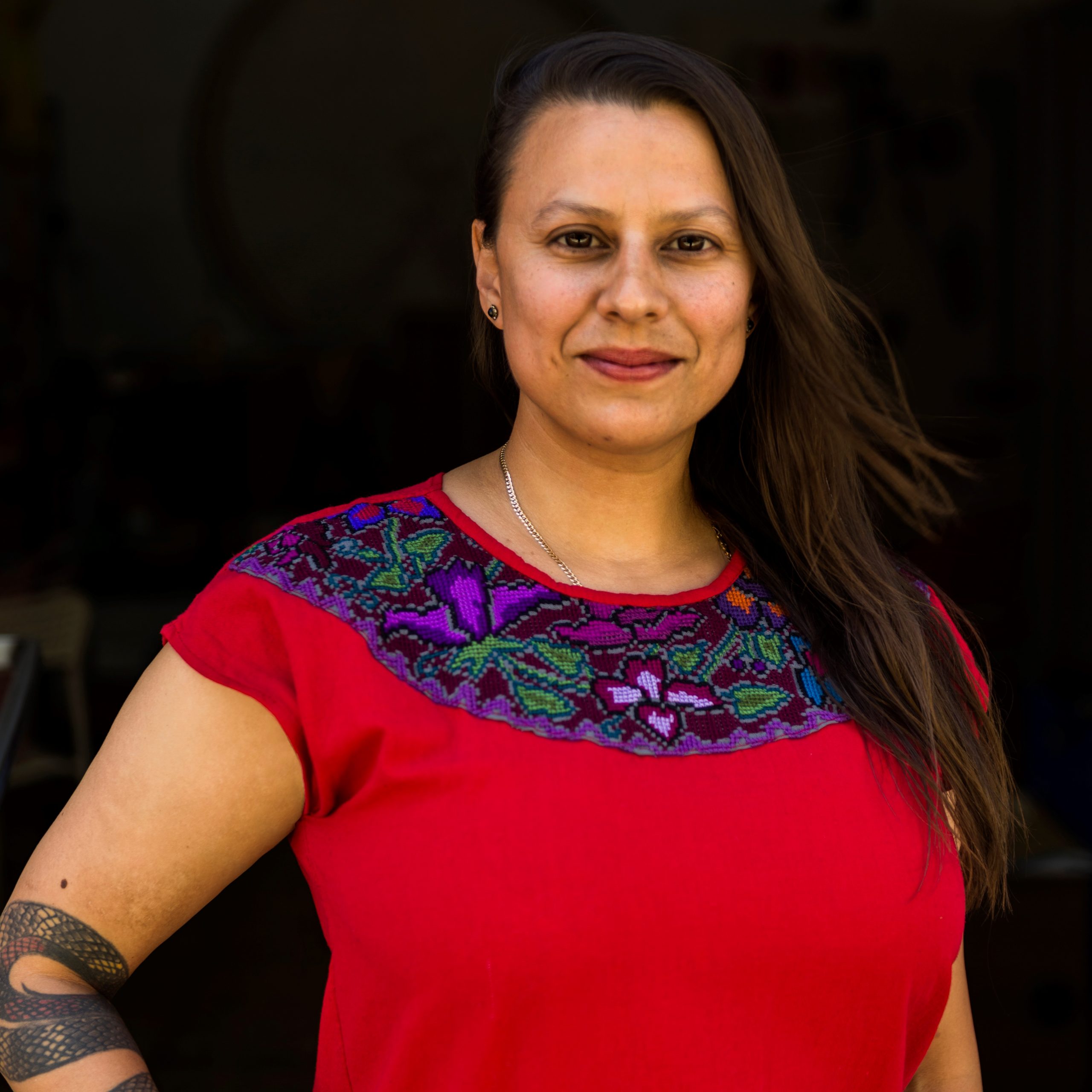
View More Exhibitions
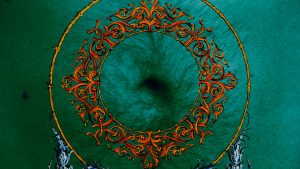
exhibition
September 12.2024 / December 15.2024
Eternal Transcendent highlights a selection of photographic works by Robert Flack that convey his reverence for the more-than-corporeal and a yearning for healing in light of the AIDS epidemic.
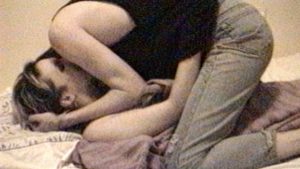
exhibition
September 12.2024 / December 15.2024
Some kind of we brings together works that approach t4t sensibilities, emphasizing trans relationality, self-representation, cross-generational inheritance, desire, and love.
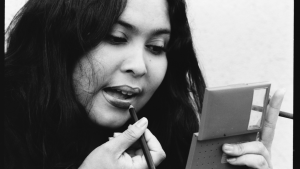
exhibition
September 12.2024 / December 15.2024
Juxtaposing Susan Mogul’s 1997 video with a collection of quillboxes, this exhibition unifies both forms of expression through themes of women’s identity, family, relationships, and the quest for home.
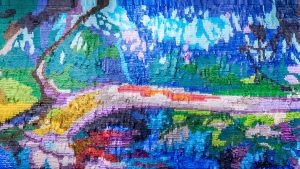
exhibition
September 5.2024 / December 29.2024
In Entrelazados, Guatemalan-Mexican-American artist Justin Favela continues his exploration of notions of identity, place, and authenticity through his distinct remixes of popular culture and Latinx experience.
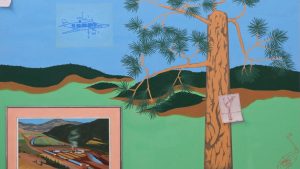
exhibition
Paul Nadeau
July 18.2024 / August 25.2024
Paul Nadeau’s paintings explore Canadian eco-tourism and resource extraction that contributes to the settler-colonial view of Canadian wilderness.
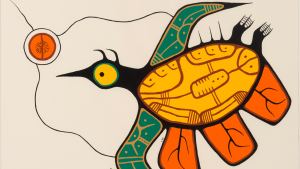
exhibition
Richard Bedwash
June 13.2024 / August 25.2024
Explore the vivid, symbol-rich images of Anishinaabe artist Richard Bedwash that connects his work, his life, and the cultural landscapes of Guelph.
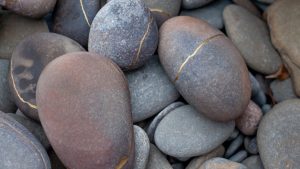
exhibition
May 30.2024 / July 10.2024
The work of Catherine Chan delves into human entanglements with the more-than-human using rocks and other materials of geology to explore the intersection of deep time with more fleeting experiences.
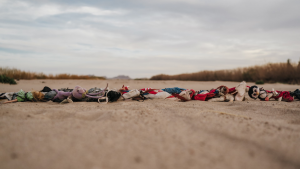
exhibition
May 2.2024 / August 30.2024
What Remains provides windows, peering into and out from an ongoing global humanitarian crisis, assembled into a multimedia and multidisciplinary experience.


